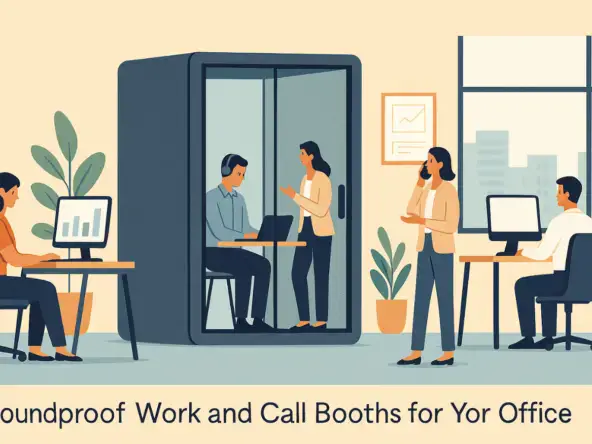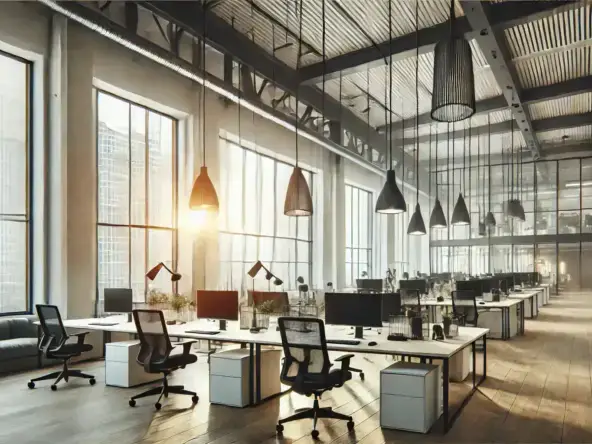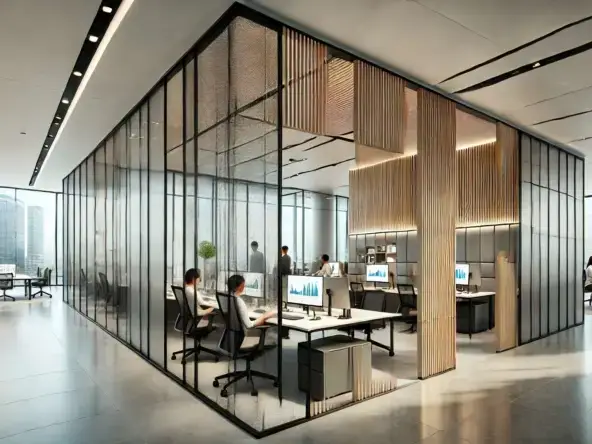The advancements in technology are changing the way that work is evolving. From the way we interact with co-workers to tools that are making our tasks both easier and more complex.
We’re also slowly but surely approaching an age when Artificial Intelligence is becoming more of a mainstream reality. In the future, work environments will be designed to be occupied by both humans and machines. While no clear design, management or policy models for this kind of workspace are yet in place, that’s not to say that it isn’t already happening.
At a recent re: Work event hosted by Google, designer and architect Jennifer Magnolfi shared some valuable insights on the way that tech will influence the workplace. She also points out how what we’re currently experiencing is just the beginning of this phenomenon.
Lead-Users and their Work Habitats
Magnolfi explained that she specializes in advanced and futuristic workspaces, in which workers depend on complex technology. These people are not your average worker nor is their workplace a mainstream one. However, they are leading the way which all future workplaces will develop, irrespective of discipline or industry.
At edges of the world of work, we can already see more integration between human work and machine work. We see this in what Magnolfi calls ‘lead technology users’ and their work habitats where “programmability is a key design element.” Some examples of these include mission control, co-working spaces, submarines and robotics labs.
Collaboration between workers and machines is already a reality in various industries, but these advanced habitats offer us a glimpse of what to expect a few years down the line. Technology is the fundamental design element in all of these where the work being carried out is very complex. These individuals cannot perform or survive if technology was not part of this space
They are encountering design conditions that the rest of us will only see in the future. You could call them the trailblazers of a new work reality and what this will represent. These workers must adopt the speed and sensibility of software that they work. This leads it to become a sort of intuition that affects their communication patterns and the way they work.
In looking at the future of work these kinds of environments help us understand the design requirements of the future worker and workspace. Workers will be required to collaborate and even share space with various forms of AI.
Workspaces Designed for Robots
During her riveting, eight-minute talk, Magnolfi claims that reliance and interaction with machines will affect and change the way people think and communicate. Working closely with machines and AI, will inevitably lead to people thinking and working like them. This will drive future employees to demand more from their companies. In short, they will not simply be content with a laptop.
Magnolfi claims that future generations will be attracted by companies with workspaces that provide “new forms of interaction”, where information is spatial. Moreover, a new way of working that facilitates learning will become the norm. She calls these ‘distributed networks’ where time and geographical differences will not be a determining factor.
Competitive Advantage for Companies
To the average Joe like you and I, all this talk may sound like something out of a sci-fi movie. However, it will become a reality that future generations will take for granted. More importantly, getting on the bandwagon early on will allow companies to have a huge competitive advantage. Having a workspace that cultivates interaction between human beings and machines “can influence a company’s trajectory, can inspire future leaders and can transform culture.”
Check out Magnolfi’s full talk here to understand more about how technology will shape the way we work in the future.




